2021 Unity March reaffirms Falls Church’s commitment to equity
Sarah Ettinger spoke at the Falls Church Unity March. Ettinger is a junior at Mason and the president of the Students Aligned for Equity club. “We need to educate our youth and children and keep them engaged in fighting for equity,” she said.
June 15, 2021
Neither a rain postponement nor the Brood X cicadas could stop the second Falls Church Unity March.
The Students Aligned for Equity (SAFE) club set up and implemented the march, a follow up of last year’s march of the same name. The 2020 march was Falls Church’s response to Derek Chauvin’s murder of George Floyd and a statement that the Little City stands against racial and social inequity. This year’s event hoped to further the causes of anti-racism and unity.
The 2021 march began with a rally at Cherry Hill Park. Mayor David Tarter spoke, as well as Sarah Ettinger and Ariana Hameed, who lead the SAFE club and organized the march. Mason students and recent graduates spoke as well as some youth activists from the DC area.
Notably, Mayor Tarter highlighted the progress Falls Church has made in the last year in achieving racial equity. He mentioned the efforts the Little City has made to offer more affordable housing. He also emphasized how elected officials have supported the movement, motioning to Vice Mayor Marybeth Connelly, City Council member Letty Hardi, and School Board member Greg Anderson, who all attended the march.
The march itself had fewer people than in 2020, but lined-up marchers on sidewalks took up nearly an entire block. Ettinger and Hameed led chants from the front of the march with a megaphone, shouting “Black Lives Matter” and “Stop Asian Hate.” Participants held up signs to echo their chants.
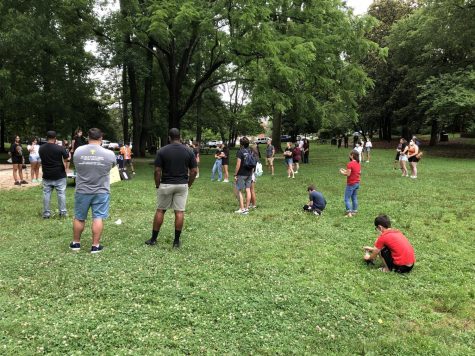
The 2021 event differed from the 2020 event in many ways. Falls Church didn’t close down Park Avenue or any other streets for the event, so the march took place on sidewalks. The rally took place at Cherry Hill Park, as opposed to West End Park in 2020. Speakers spoke on an actual stage with a relatively functional speaker system, rather than standing on a West End Park skate ramp and holding up a megaphone.
Ettinger and Hameed believed organizing this year’s march was more of a challenge than last year because they had more difficulty publicizing the event. The 2020 march relied on ongoing media coverage of Black Lives Matter protests in the aftermath of George Floyd’s murder to inspire people to march. The lack of constant coverage and attention in 2021 created a publicity challenge.
“If there isn’t publicity out there already, it takes a lot more work to get people to believe in the cause and to hear about it and to think about it,” Hameed said. “Last year was amazing because there was a lot of organic momentum. But I think this march and doing this whole thing again in an entirely different context shows how hard this work is and how not everyone will necessarily believe in the work all the time. But we still need to continue doing the work.”
Regardless of the march’s challenges, Ettinger and Hameed left the march confident in Falls Church’s capacity for change for the better.
“There were School Board members, the mayor, City Council members who all showed up,” Hameed said. “I’m just proud that I live in a city where the leadership is as committed to equity and social justice as we are.”
“We have to just keep the momentum alive,” Ettinger added. “We need to educate our youth and children and keep them engaged in fighting for equity.”



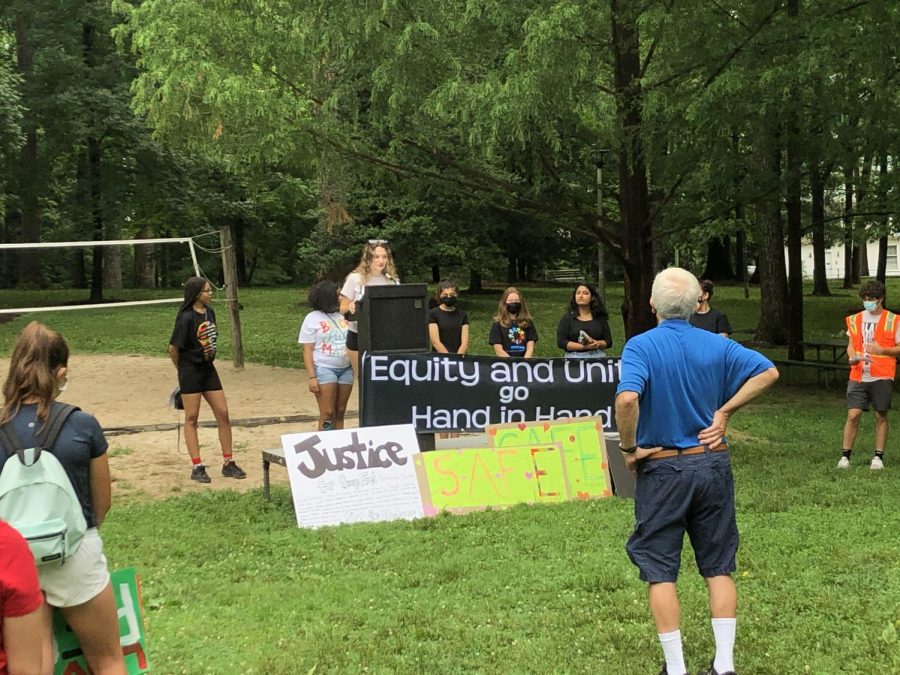
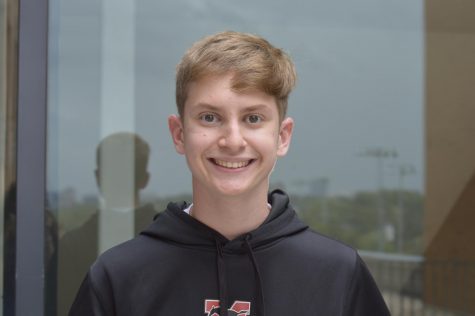
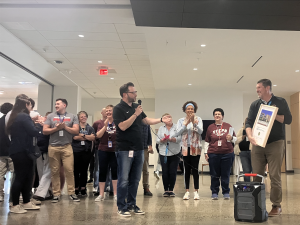


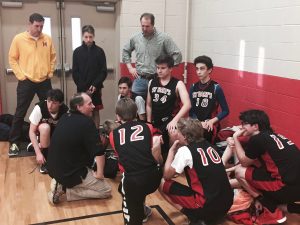

Christ Pikrallidas • Jun 17, 2021 at 6:19 AM
Hey Mr. Sam Mostow, Editor-in-Chief of Lasso
That is an effective article that reviews the SAFE (Students Aligned for Equity) rally at Cherry Hill Park in City of Falls Church on Saturday, June 12, 2021. It is good to see students of the-soon-to-be Meridian High School and others promoting social justice.
I am glad SAFE has my back, literally and figuratively. That is I in blue shirt, and navy shorts, in the photo.
Best regards,
Former Teacher, and colleague of Ms. Pam Mahony at George Mason High School
Chris Pikrallidas